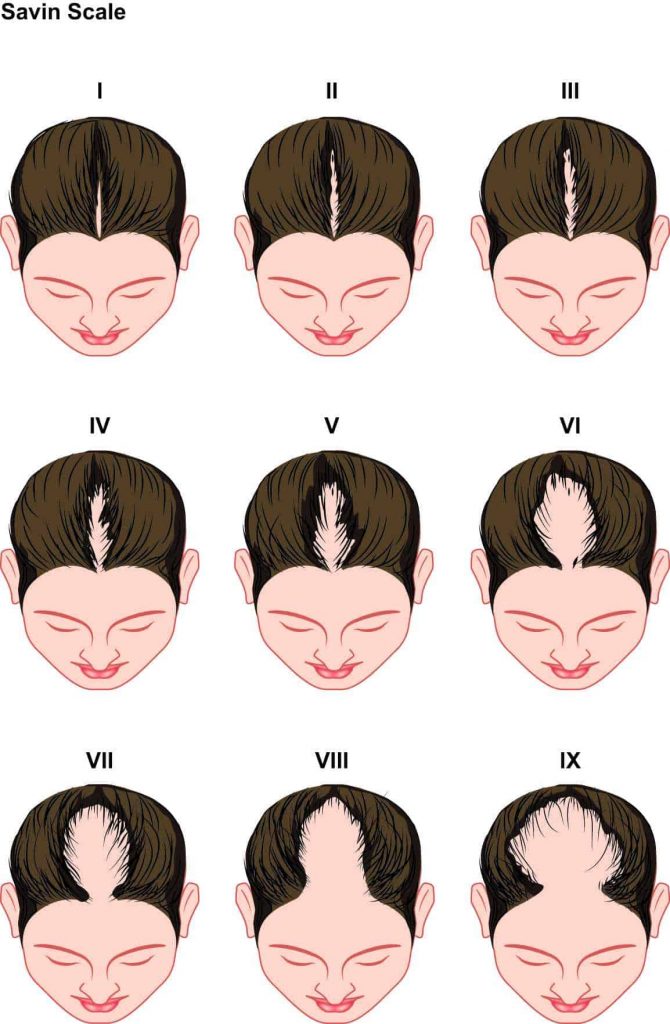
Hair Loss Treatment in Singapore
What Are The Early Signs Of Hair Loss?
Males and females can be affected by hair loss at different stages of their lives, for a variety of reasons. Hair thinning is a commonly observed as an early sign of hair loss, and a receding hairline can become a source of significant embarrassment and stress. However, hair follicles can be preserved with treatments. Other appropriate medical approaches can and also help to regenerate and strengthen them.

Who needs hair regeneration treatment?
Hair loss treatment is recommended for those who experience:
- Hair loss caused by hereditary reasons
- Hair loss caused by hormonal changes
- Hair loss caused by stress
- Hair loss caused by medical conditions
- Hair loss as a result of aging
- Excessive hair fall
- Hair thinning
- Receding hairline
- Androgenic Alopecia – also known as male-pattern baldness. There’s also a female-pattern baldness.
- Alopecia Areata – In the form of bald oval patches randomly distributed in the scalp
- Telogen Effluvium – Premature shedding of the follicles due to a hair cycle alteration
- Anagen Effluvium – Shedding of the follicle during the growth stage of the hair cycle.
Understanding The Hair Growth Cycle

Hair growth cycle has different stages and timings. However, if the hair follicle stops growing at a given stage or hair growth stages are not correctly balanced, it can trigger hair loss issues. As a result, individuals usually experience hair thinning, and sometimes balding. Currently available hair loss treatments can effectively control this problem and reduce the need of invasive procedures later on in life.
Hair growth and fall: In most cases, 85% of our hair strands are in their growing stage. The rest (15%) is in a shedding or resting stage.
Average rate of hair loss: Up to 150 strands every day
Average speed of hair growth: Around 0.5 – 1 inch every month
Classification Of Hair Loss For Men & Women
Male Pattern Baldness (MPB), according to the scale by Hamilton-Norwood


Female Pattern Baldness (FPB) according to the Savin scale
Types Of Treatment For Hair Loss Concerns
At Dream, we offer a range of solutions ranging from non-invasive topical treatments to minimally invasive injections to help with early stage hair loss conditions. In most cases, a combination of the treatment options will be required to achieve optimal results.
Hair Loss treatments include:
Oral Medications
Certain medications can prevent hair follicle shrinking by controlling an overactive DHT (Androgen Dihydrotestosterones) which is responsible for shrinking hair follicles and reducing hair growth.
Topical Medication
Minoxidil is used as a topical agent to prolong the growth stage (anagen phase) of the hair cycle. It promotes circulation and increased blood flow to the follicle, which ultimately improves its thickness.
Hair Regeneration Laser
Uses a low-level laser to deliver heat energy that promotes hair regeneration and proliferation. It usually results in healthier-looking and thick hair.
Infusion of Hair Regenerative Serum
It contains important growth factors that will help your scalp in different ways:
- Growth factors promote growth and differentiation of new hair follicles
- It regenerates vital blood vessels for the survival of the hair follicle.
- Enhances circulation of blood and increases the availability of nutrients to the hair follicles.
- Improves scalp health to support hair growth
Corticosteroid injection
Injections in specific areas of the scalp can help you by preventing the destruction of hair follicles by the immune system. It is also useful to counter inflammation and regulate sebum production. This sometimes causes clogging on the hair follicle opening, and aggravates the hair loss condition.
Every patient may have a series of factors that contribute to hair loss. Depending on your case, our surgeon will show you the most advanced hair loss treatments in Singapore that will likely improve your condition.
If you are looking for a more aggressive hair loss treatment, you may be interested to find out more about our Hair Transplant procedure.
